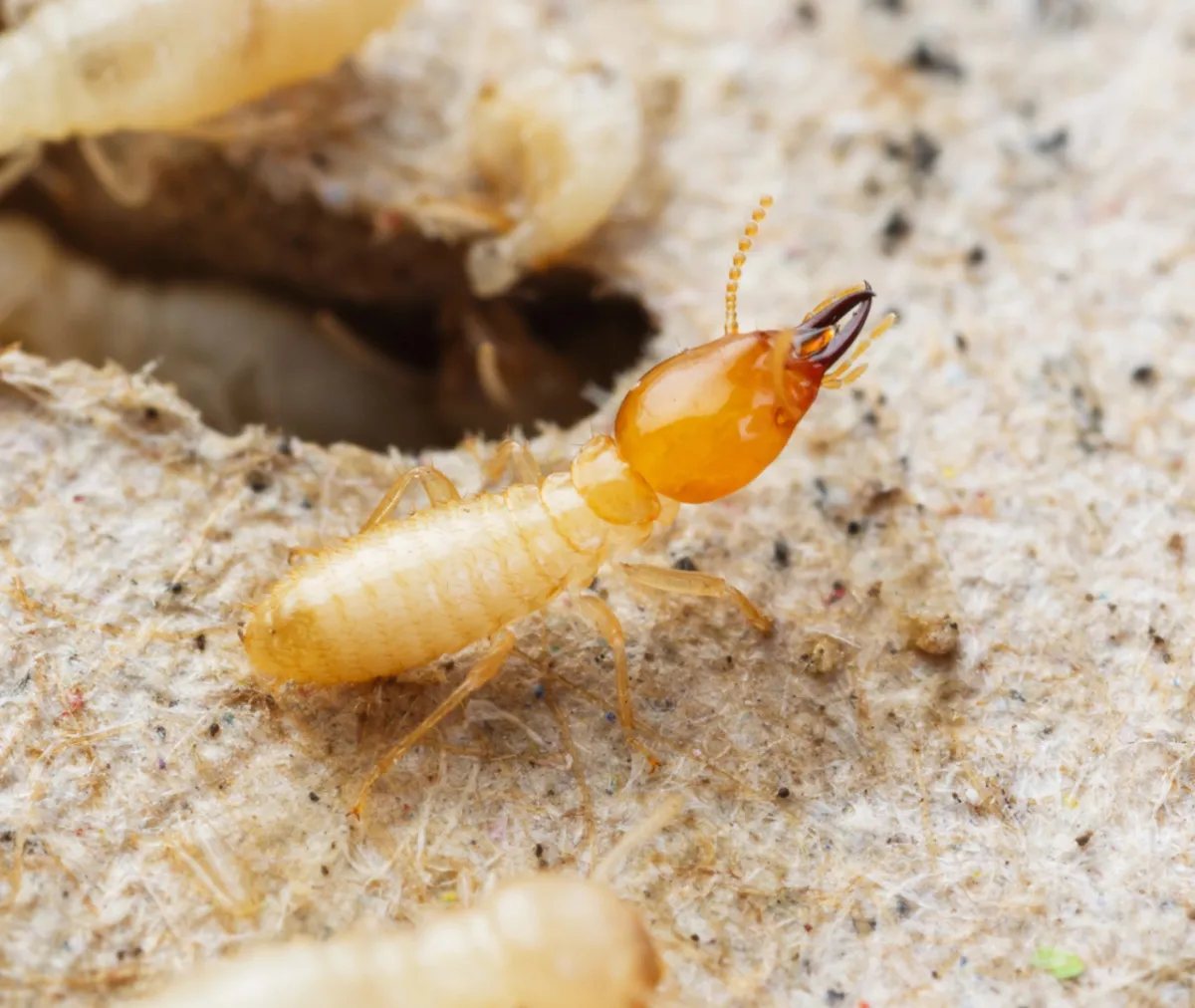
How to Keep Termites Away Year-Round: Seasonal Prevention Tips for Homeowners
Termites can cause significant damage to homes if left unchecked, making prevention crucial for homeowners. Implementing seasonal strategies can help you keep these pests at bay throughout the year. Here’s a comprehensive guide to effective termite prevention.
Spring: Inspect and Prepare
1. Conduct a Thorough Inspection
Look for signs of infestation, such as mud tubes, discarded wings, and damaged wood, especially in basements, attics, and around foundations. Focus on moisture-prone areas, as termites thrive in damp conditions.
2. Clean Up the Yard
Remove dead wood, stumps, and leaves that can provide habitats for termites. Trim shrubs and trees back from the house to prevent access to siding and roofs. Keeping vegetation away from your home reduces the likelihood of termites finding a way in.
3. Seal Entry Points
Fill cracks in your foundation, walls, and around windows or doors to eliminate entry points. Use caulk or foam sealants to ensure that even small openings are protected.
Summer: Maintain and Monitor
1. Maintain Landscaping
Use mulch sparingly and keep it at least 15 inches away from the foundation. Mulch can retain moisture and serve as food for termites, so it's best to minimize its use near the home. Improve drainage to direct water away from your home to prevent moisture buildup.
2. Monitor Wooden Structures
Regularly inspect decks, fences, and wooden structures for signs of termites or decay. If you notice any signs, address them immediately. Consider treating exposed wood with borate-based preservatives, which can deter termites and protect the wood from moisture.
3. Perform Regular Maintenance
Repair plumbing leaks and ensure proper ventilation in crawl spaces and attics to minimize moisture levels. Maintain gutters and downspouts to prevent water from pooling around the foundation.
Fall: Prepare for Winter
1. Final Inspections
Conduct a thorough check before winter to catch any signs of termite activity that may have developed over the summer. Look for mud tubes and wood damage in both interior and exterior areas.
2. Store Firewood Properly
Store firewood at least 20 feet away from your home and elevate it off the ground. This prevents termites from using the firewood as a bridge to your home.
3. Seal Entryways
Ensure all entryways are sealed properly to keep pests out as temperatures drop. This includes checking door and window seals and ensuring that any gaps are filled.
Winter: Stay Vigilant
1. Monitor Indoor Areas
Even in winter, termites can remain active indoors. Keep an eye out for signs, especially in warmer, moisture-prone areas such as basements or around plumbing fixtures.
2. Check for Moisture
Inspect areas for condensation and moisture, as termites are attracted to humid conditions. Use a dehumidifier in damp areas to reduce moisture levels and discourage termite activity.
3. Consider Professional Inspections
Winter can be a good time for professional pest control services to conduct thorough inspections, especially if you suspect activity. These professionals can provide insights into effective treatments and preventive measures.
Year-Round Tips
1. Regular Professional Treatments
Schedule annual pest control inspections to catch potential infestations early. Consider preventative treatments, such as bait systems or chemical barriers, especially if you live in an area prone to termite activity.
2. Educate Yourself
Familiarize yourself with the types of termites common in your area to better understand their behavior and prevention strategies. Knowledge is key to recognizing potential risks early.
3. Stay Informed
Keep updated on termite control products and strategies through local extension services or pest control professionals. Attending workshops or webinars can provide valuable information on the latest prevention techniques.
Additional Considerations
4. Create a Barrier
If you're building or renovating, consider installing a physical barrier against termites, such as steel mesh or sand, to deter their entry. This is especially effective during the construction phase.
5. Limit Soil Contact
Avoid direct soil contact with wooden structures. Use concrete or other materials for foundations, decks, and fences to reduce the risk of termite access.
6. Utilize Natural Deterrents
Explore natural repellents, such as orange oil and nematodes, which can be effective in discouraging termites without harmful chemicals. These alternatives can be a great addition to your pest control strategy.
By following these strategies, homeowners can significantly reduce the risk of termite infestations, protecting their homes from costly damage. Regular inspections, maintenance, and education are key components in keeping these destructive pests at bay. With diligence and proactive measures, you can ensure your home remains a termite-free haven year-round.